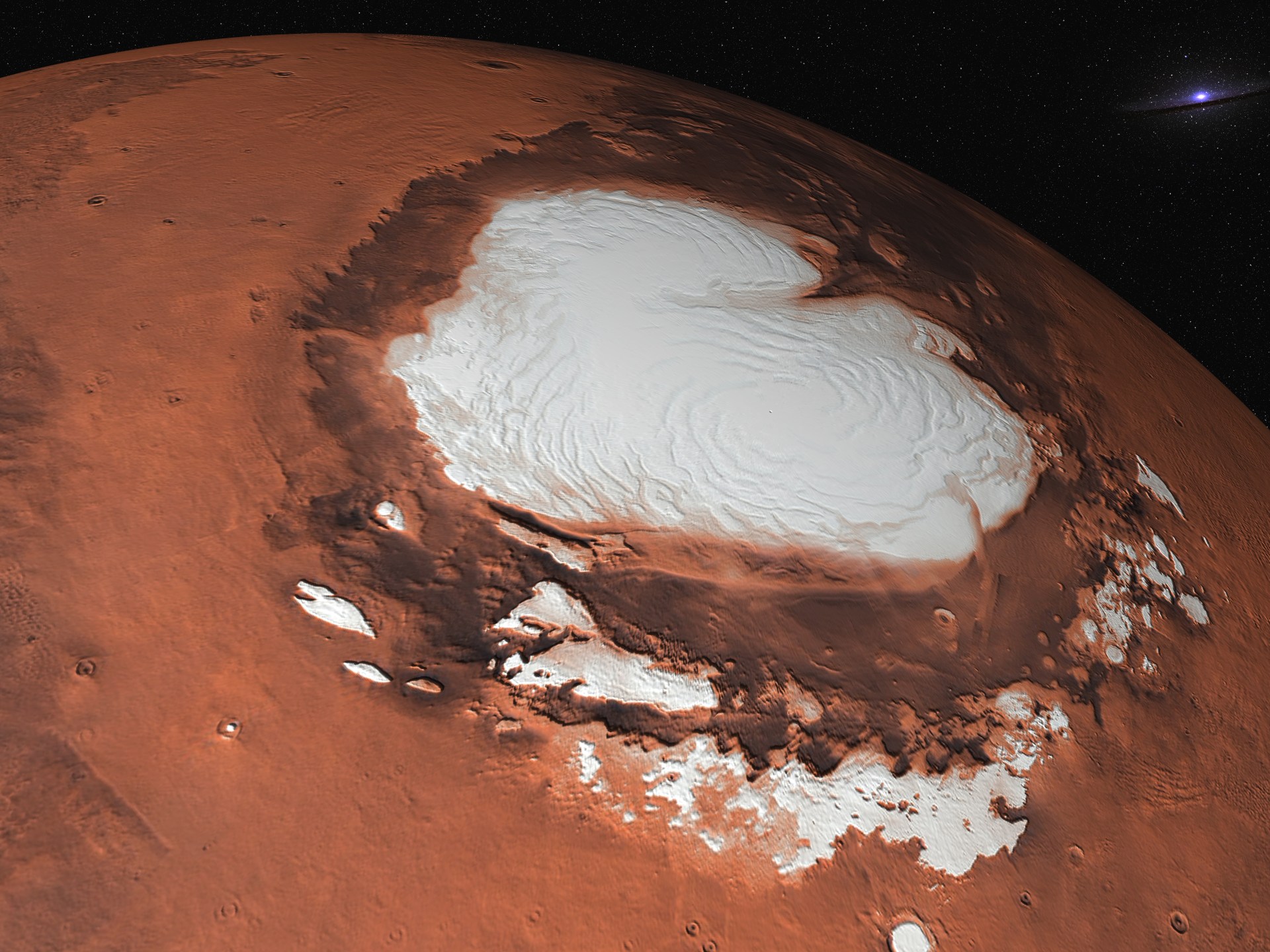Scientists doubt the presence of running water on Mars sciences

Raised study New doubts about one of the most exciting evidence of the possibility of liquid water on the surface of Mars at the present time. For years, scientists have monitored strange lines that stretch on slopes and walls on the surface of Mars.
Some researchers interpreted these lines as traces of liquid flows, which raises the possibility of life currently suitable on the Red Planet.
However, the new study, published on Monday, May 19 in the journal “Nature Communichens”, relied on machine learning techniques to create and analyze a huge database of these geological features, and pointed to a completely different interpretation: dry operations resulting from wind and dust activity.
“A large part of Mars’s research focuses on understanding the current operations currently on its surface, including the possibility of liquid water.”
“We have reviewed these operations, but we did not find any evidence of water. Our model is likely that the dry operations are responsible for their upbringing.”

The mysterious lines puzzle
These strange lines were monitored for the first time in pictures sent by the NASA’s “Viking” mission in the 1970s. These phenomena are more dark than the surrounding terrain, and extend to the slopes for hundreds of meters.
Some of these lines last for years or contracts, while others appear for shorter periods. The shorter type is age, which is known as the repeated sloping lines, tends to appear in the same locations during the warmer periods of Mars.
The origin of these lines has been the subject of controversy among the planetary scholars. Modern Mars is a greatly dry planet, and the temperatures rarely exceed the freezing point.
However, researchers believe that small amounts of water that may be caused by buried ice, underground water tanks, or even extraordinary moisture in the atmosphere can mix with enough salts to form a water flow on the frozen surface. If this interpretation is correct, these lines may indicate rare pockets suitable for a desert planet.
But other researchers have been complaining about this interpretation, and assume that these lines are caused by dry operations such as rock collapses or wind blowing, and that they seem liquid only in the images taken from the orbit.
https://www.youtube.com/watch?v=i1odz9obznw
The full picture
“Valentine” explains that the team used an automatic learning algorithm to classify the largest possible number of desired lines. After training the algorithm on confirmed observations, it was applied to more than 86 thousand high -resolution satellite images, this step resulted in a global map of Mars, the first of its kind of more than 500 thousand features of these lines.
“Once we got this map, we started comparing it with other databases related to temperatures, wind speed, humidity, rock collapsing activity, and other factors. Thus, we were able to search for statistical relationships between hundreds of thousands of cases to understand the conditions of these phenomena,” the researcher participating in the study explained.
Geo-statistical analyzes showed that these lines are not usually associated with factors that indicate water or ice origin, such as a specific tendency, or sharp temperature fluctuations, or high humidity levels. On the other hand, it was found that it often appears in areas that are at high winds higher than the average and a large accumulation of dust, which supports the hypothesis of dry asset.
The researchers concluded that the lines are often formed when layers of soft dust slide from the slopes, and the incentives may differ from one case to another. Long lines are common near the muds caused by modern collisions, as shocks may cause surface dust. As for the frequent short lines, they often appear in areas where dusty swirls or rock collapses are active.

Visitor comments ( 0 )